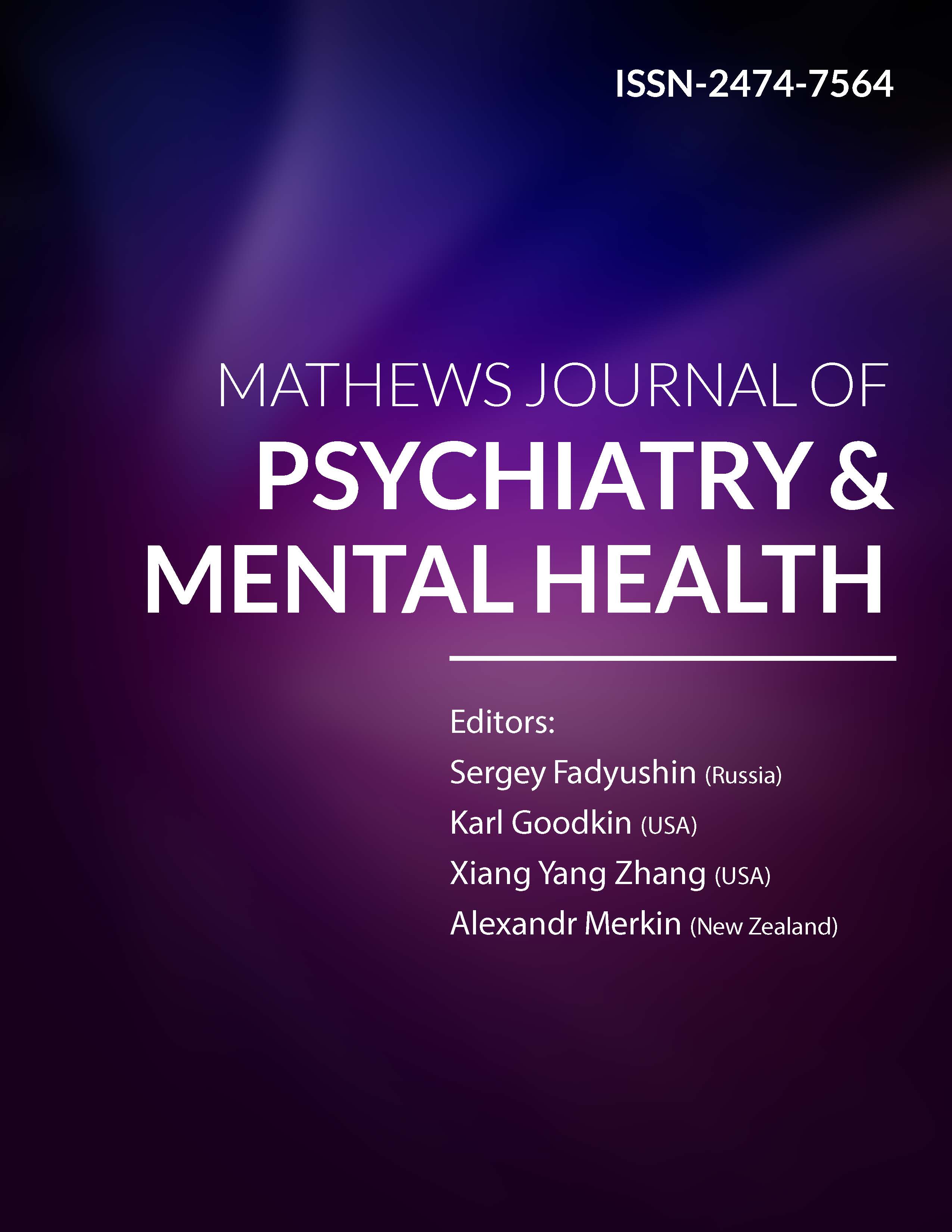
Information Links
Previous Issues Volume 8, Issue 4 - 2023
Pattern of Psychiatry Referrals in a Tertiary Hospital Teaching Set-up
Sumeesha Jaswal1,*, Harsh Garg2, Apanpreet Kaur2
1Senior Resident, Department of Psychiatry, Indira Gandhi Medical College and Hospital, Shimla, Himachal Pradesh, India
2Junior Resident, Department of Psychiatry, Indira Gandhi Medical College and Hospital, Shimla, Himachal Pradesh, India
*Corresponding Author: Sumeesha Jaswal, Senior Resident, Department of Psychiatry, Indira Gandhi Medical College and Hospital, Shimla, Himachal Pradesh, India; Email: [email protected]
Received Date: November 3, 2023
Publication Date: December 1, 2023
Citation: Jaswal S, et al. (2023). Pattern of Psychiatry Referrals in a Tertiary Hospital Teaching Set-up. Mathews J Psychiatry Ment Health. 8(4):45.
Copyright: Jaswal S, et al. © (2023)
ABSTRACT
Background: High rates of psychiatric morbidity to the tune of 20-65% are seen in medico-surgically ill patients but there is lack of research on concordance rates between Psychiatrist and Non- psychiatrist diagnoses of patients seen under Consultation liaison patients, especially in general hospital settings. Aim: To analyse pattern, reason of referrals, diagnostic and management concordance in patients with psychiatric morbidity in medico-surgical setting. Material and Methods: 2476 consecutive referrals received during a period of 6 months (1.11.2022-31.04.2023) in consultation liaison (CL) services in department of Psychiatry at a general hospital teaching institute were evaluated for reason of referral, psychiatric diagnosis and management given by the referring team vis-à-vis the CL team. Results: Emergency and inpatient referral rate was 0.77 % and 0.23%. Medicine and allied departments utilized CLP services majorly (51.3%), 1/4th referrals were for psychiatric emergencies (24.7%). 41.1% of referrals were requested even before primary treating team zeroed on the body organ system involved followed by multisystem involvement in 18.96% referrals. Most common diagnosis made by CLP team was substance use disorder (25.44%), anxiety disorder (20.39%), depression (12.27%), delirium (9.3%) and 4.4% being nil psychiatry. Diagnostic concordance for major psychiatric diagnoses between medicine/ surgery team and CLP team was fair in substance use disorder and anxiety disorders. Conclusion: The study findings suggest that substance use disorder is the most common diagnosis made by CLP team with a fair diagnostic concordance between medicine/surgery team and CLP team for substance use disorder and anxiety disorders. Oral/ parenteral psychotropic drugs were given in one third of cases even before CLP referral was initiated, resulting in higher frequency of side effects.